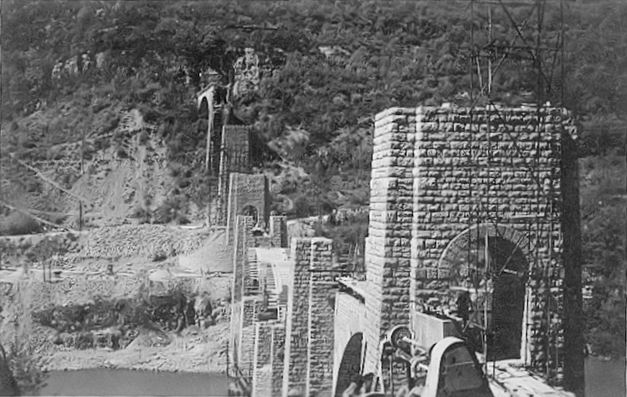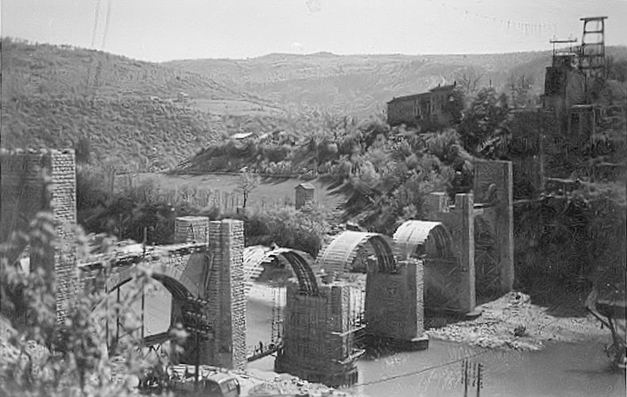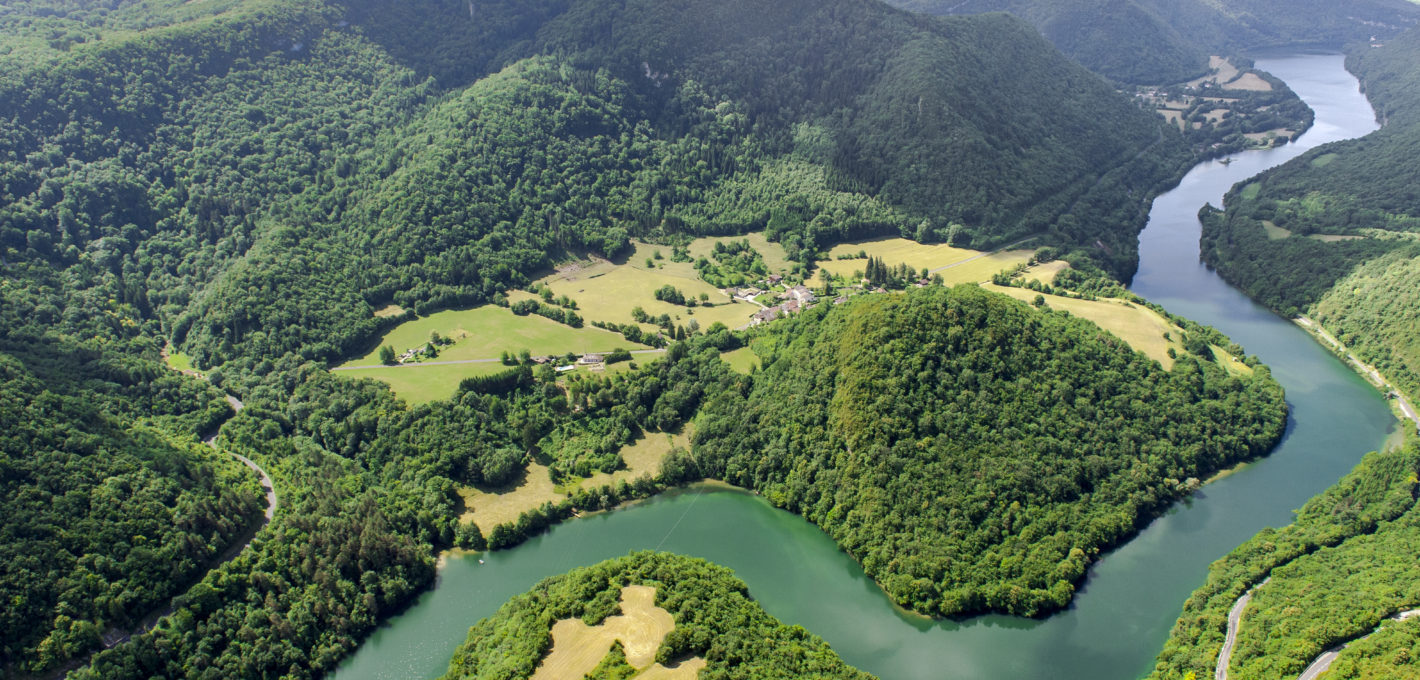-

Viaduc Cize Bolozon Photo Bernard Lamy. Source Rober Le Pennec 3
-

Viaduc Cize Bolozon Photo Bernard Lamy. Source Rober Le Pennec 1
-

Viaduc Cize Bolozon Photo Bernard Lamy. Source Rober Le Pennec 2
-

Viaduc Cize Bolozon Photo Bernard Lamy. Source Rober Le Pennec


